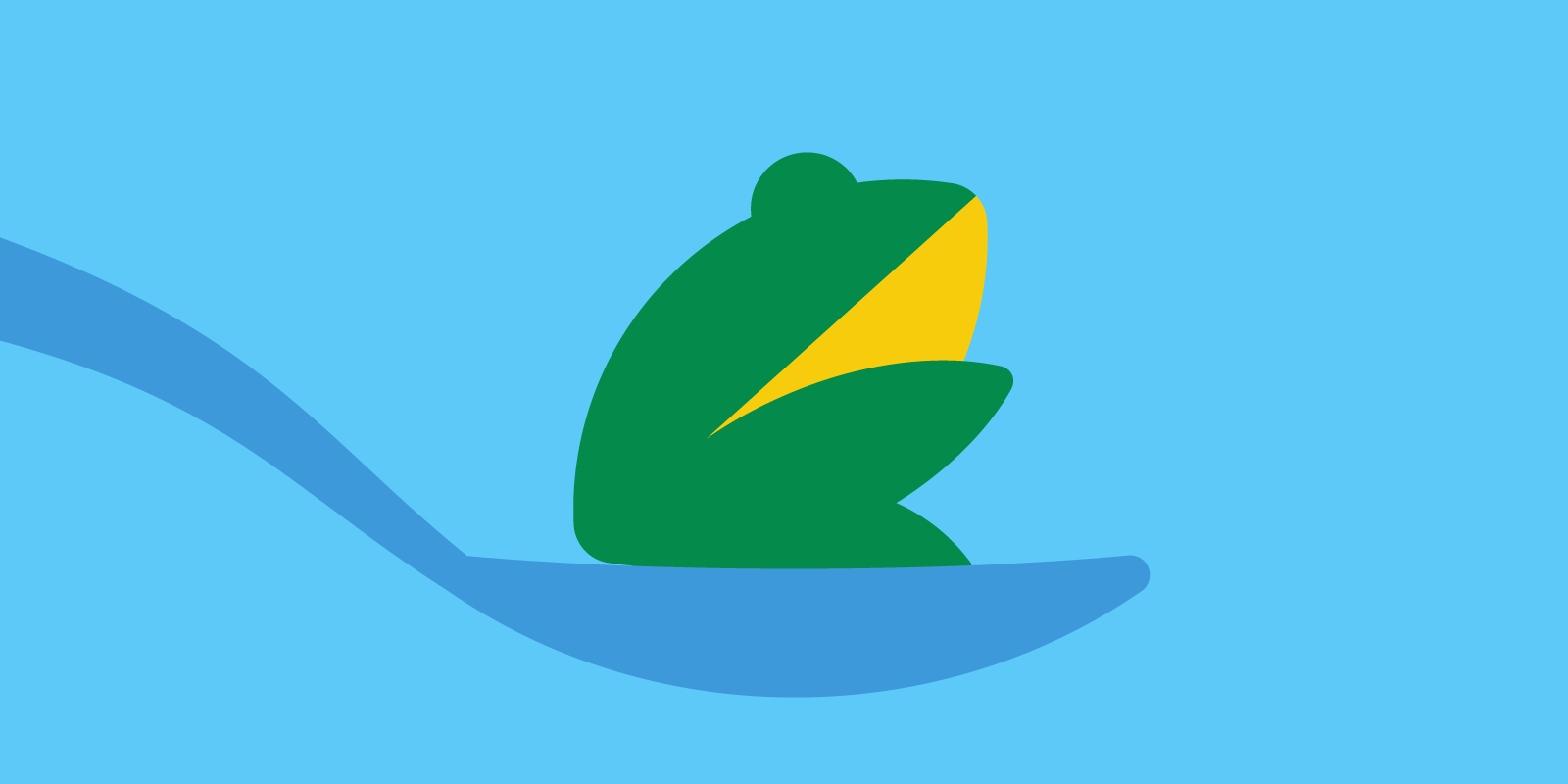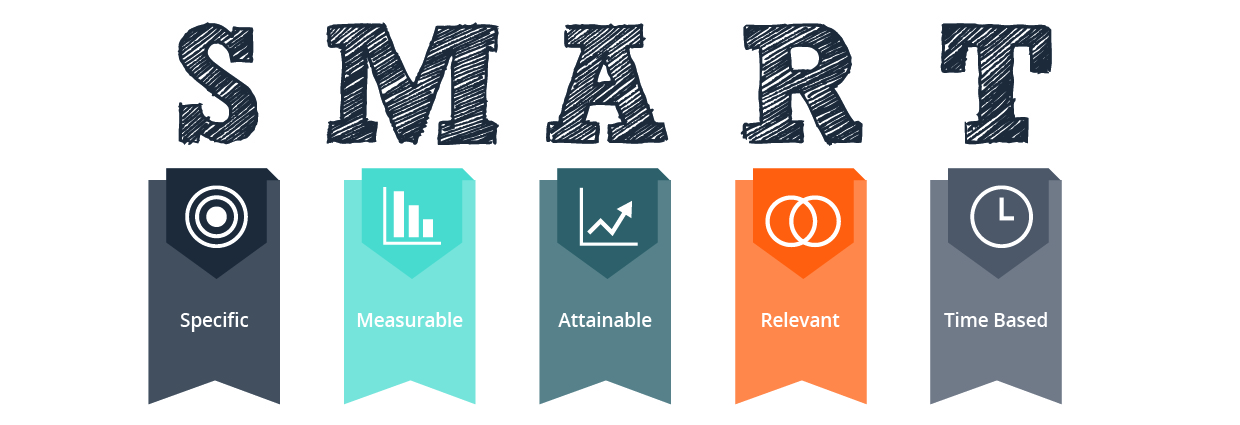Eat that Frog!
?If it’s your job to eat a frog, it’s best to do it first thing in the morning. And If it’s your job to eat two frogs, it’s best to eat the biggest one first.?
First coined by Mark Twain, this turn of phrase has given rise to the ?Eat that Frog? time management method was developed with this turn of phrase in mind.
The principle is simple: find the task that is most important and will have the most impact on your day, then do it first.
Sounds simple, right?
Like anything, it’s easier said than done.
The key to nailing this technique ? according to its founder, time-management pro Brain Tracy ? is being able to set clear goals, define the task properly and understand the task in context of your broader goals.
While this method helps you be efficient, it’s up to you to make sure you’re doing it effectively.
Pro tip:
Being efficient is about doing things right.
Being effective is about doing the right things.
1. Set clear goals
Here’s where the tried and tested SMART goals come in! If you find that you’re no stranger to scope creep, or you spend time turning the wheels but getting nowhere ? it’s worth trying out the SMART goal method.
SMART goals are goals that are Specific, Measurable, Attainable, Relevant and Time-based. By asking just a few short questions of each of your goals, you can make sure you’re aiming for the right target. The thinking behind SMART goals is that if you can tick off the checklist below (ie: if your goal passes muster), you’ve given yourself a solid foundation to work towards and are going to be more likely to achieve it.
Specific ? What exactly will you do?
Measurable ? How will you know if you meet your goal?
Attainable ? What steps will you take to reach your goal?
Relevant ? What is it about the goal that is important to you?
Time-based ? When do you plan to complete your goal?
2. Define the task properly
This links back into the ‘s? of SMART goals ? what exactly will you do? It helps to break your tasks down into subtasks and prioritise the things you need to handle yourself, and delegate the things you don’t.
Here’s an example:
Say you’ve been asked to bake a cake for an office party next Friday.
To do this, you’re going to need to:
- Pick a type of cake to make
- Source the ingredients
- Make the cake
- Make the icing
- Assemble the cake
- Bring it to work
Even these small tasks have small components though! For example:
Making the cake:
- Grease your cake tin with butter
- Cut out baking paper and place on the bottom of the tin
- Preheat the oven
- Measure out your ingredients
- Mix dry ingredients together
- Cream the butter and sugar
- Add eggs to your wet mixture
- Slowly add wet ingredients to dry
- Mix the batter
- Add to cake tin
- Put in oven
- Test when done
- Cool the cake
When it comes down to it, our weeks and days are often like this ? broken up into small little tasks. If we can learn how to master the little things, we will be able to knock the ?big things? out of the park.
3. Understand your goals in context
There is an old saying that 20% of your work produces 80% of your results ? and for most of us, this is pretty true.
We might spend the majority of our time on low-energy and low-impact tasks that help us get to our goals slowly, where we should be spending our time on high-impact tasks that help us knock over goals much more quickly.
?Your most important tasks and priorities are those that can have the most serious consequences, positive or negative, on your life or work. Focus on these above all else.? ? Brain Tracy, Eat That Frog
When you put your goals in context to identify what is most important ? you are prioritising. You are putting that 20% of your most productive work above all else.
This can be a tricky thing to do.
To help you zero in on your most important work, try asking yourself:
?What will happen if I do this task? What will happen if I don’t do this task??
The reality is, some things don’t need to be done right now or by you, they can be deferred or delegated so you can focus on your most high-impact work.
By understanding the consequences of doing / not doing your task, you can understand if it’s a ?frog?.
Summary – Eat That Frog
Eat That Frog is all about finding your most important tasks that have the highest impact (your ?frogs?) and doing (?eating?) them first.
To help you do this, you will need to:
- Set SMART goals
- Define your tasks properly
- Put those tasks in context (of your broader long-term goals)
For additional career advice, or to learn more about our leadership, team management, coaching and HR capacity building workshops, please head to www.peopleconnexion.com/training



